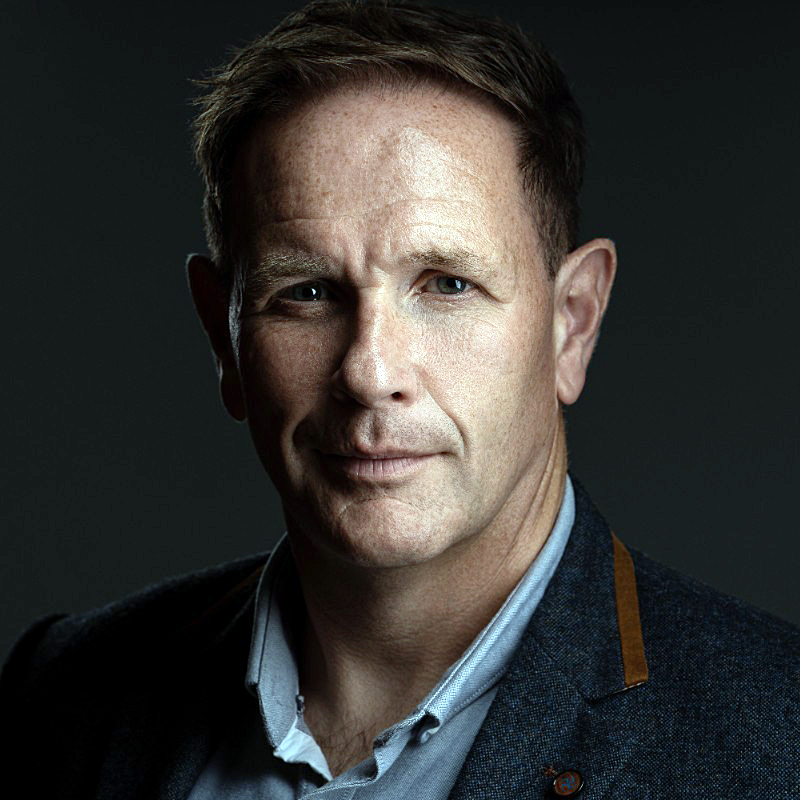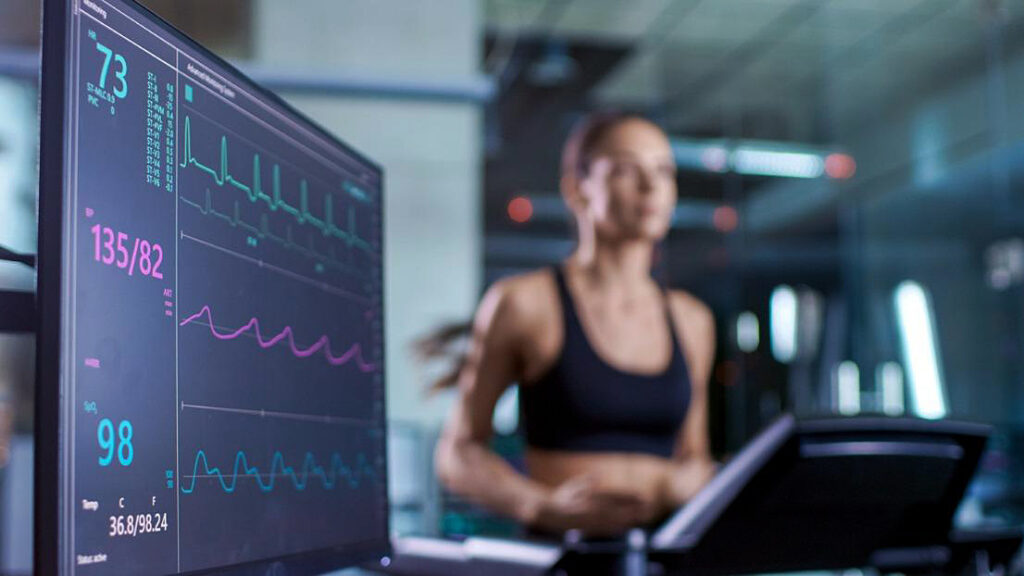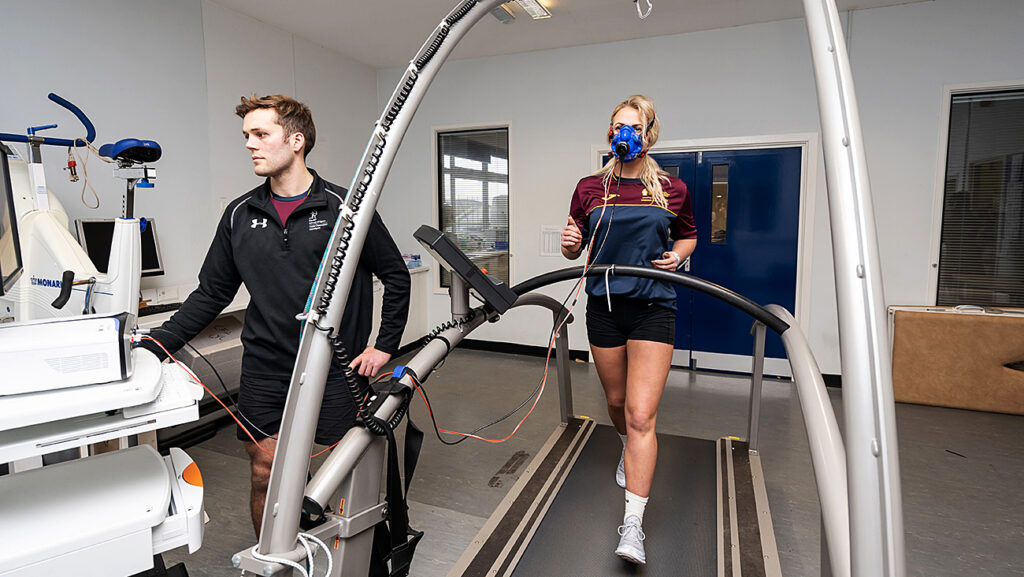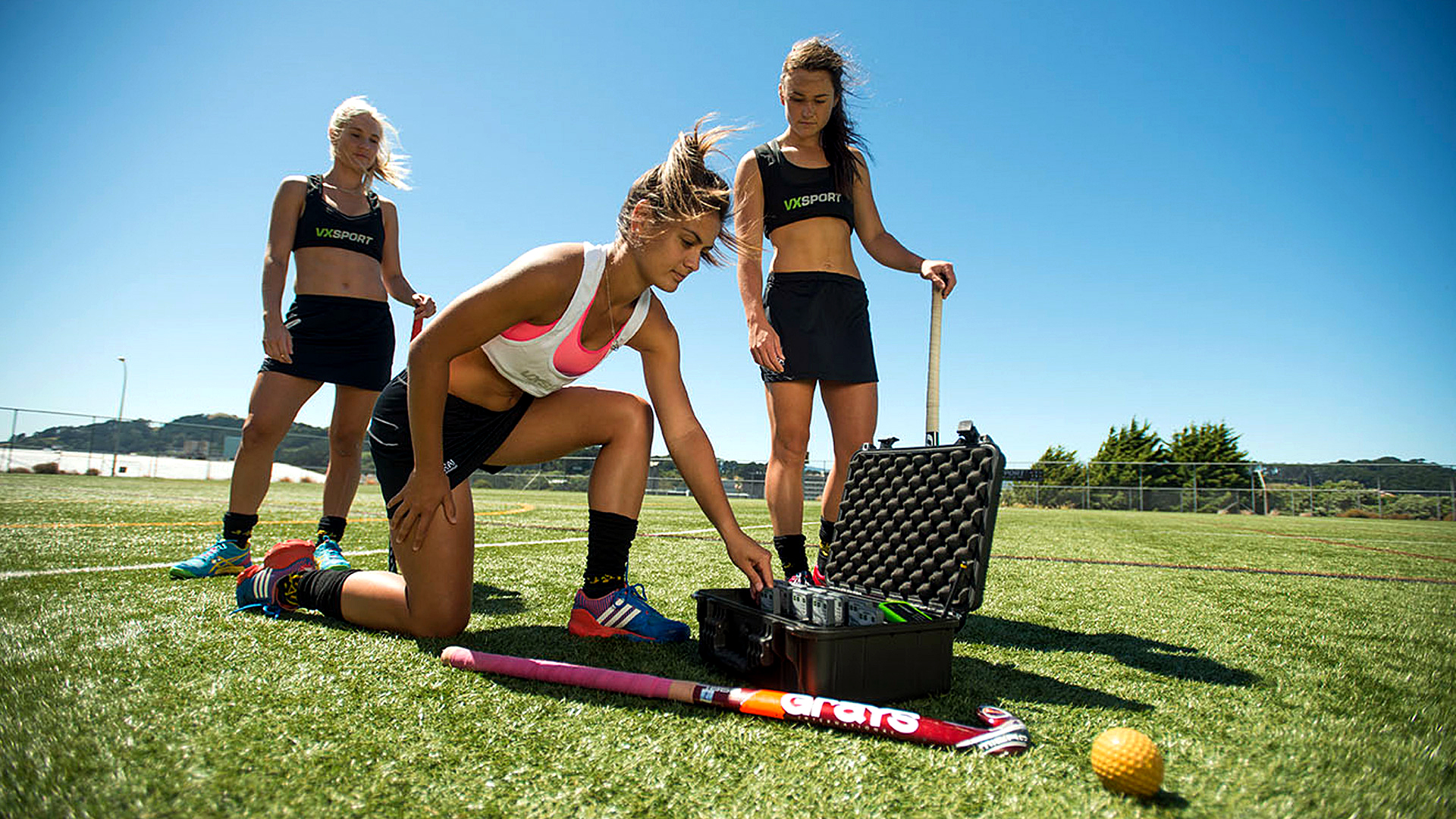The world of sports is a diverse one. While athletes face challenges like preparing and performing better, sports scientists, on the other hand, face a slew of other problems related to athlete monitoring. Here are top five biggest challenges faced by sports scientists today:

Building Trust
One of the biggest challenges faced by sports scientists is to build a trustworthy relationship. Be it with the athletes, the coaches, or the club/organisation. Professional sports teams already have different groups of staff working on several things already so there may be a propensity for these functions, and sports science, to exist in silos.
You have the coaching staff, the medical staff, management and more. In the past the addition of sports scientists could be seen as a disruptive inclusion to what might seemingly be a perfected process.
As a sports scientist, your job is not only to add value to the team and ultimately aid in the performance improvement of the athlete but also to build trust with all the other departments. This will take time and perseverance.
You need to respect others’ time and role within the process. And as we mentioned before, you also need to add value – quite often staying only a half-step ahead of everyone can be a fruitful approach.

Handling all that data
A sport scientist doing their job will have a lot of data to work with. Making sense of all this data can be tough. Especially if your performance support team is small in number. With technology being so widely available, and analytical tools being a common thing, measuring data is not the problem anymore.
It is the collection and measuring of the right type of data. Everything is not worth measuring. When cleaning or filtering out the data, scientists need to keep in mind the actual data they are working with.
Is the data important or interesting? Will the metrics we choose help us, and our colleagues do better next time out? Will the metrics we choose help us, and our colleagues, to ask better questions and prompt more fruitful discussions?
What are you measuring, and will it help the performance team come to more correct and useful conclusions?
Look to measure data that is worth measuring; it makes little sense to measure things that we cannot leverage to impact a better future at an individual and collective level.
Finally, learning tools that help you measure the data better can be a real help. Perhaps get more familiar with analytical tools, report making, statistics, and visual presentation platforms.

First steps first
This is a natural follow on to our previous point. Technology has been widely available in the sports monitoring field for a while now. With modern trackers and apps, sports scientists can give much more feedback on the training status and fitness of athletes compared to before.
But the problem arises when someone thinks that technology and tools are what will inherently help them do their job better. That is not always the case. If you are starting a new position at an organization, your first go-to should not be to immediately request new tools and software.
You need to understand the goal that needs to be achieved – essentially the ‘why’ and purpose behind your practices. Identify the problem and work towards a solution. These tools and systems are an investment in every sense of the word. Do not just use (and buy) them just because you think they will help you do the job better.
Identify the problem, then come up with a solution. Then you may narrow down some ways to achieve the solutions. Also, ask and assess if your proposed investment going to future-proof you?
Getting the coaches and athletes invested
You could argue that the athletes are the biggest part of this equation. Everyone in the team is working to improve their performance. At the end of the day, sports science aims to achieve higher performance from an individual or team.
For this to happen, the coaches and athletes need to be benefitting from these tools. And not only that, they need to understand and realize how the data-based insights are helping them prepare & perform better. One of the best ways to get them invested is to listen to them and to share the purpose and priorities of monitoring through the lens of their goals, their desires and what’s important to them
You need to be invested in this as much as you want them to be as well. You cannot overlook emotional intelligence and the impact your approach has on the outcomes you want.Look to create an environment where the athletes understand the work that you do and how it helps them prepare better, be available more often and to, ultimately, perform better. They need to understand that monitoring is something done with them, not to them. And that they are not simply a data set.
Keeping things simple
When it all is said and done, just keeping things simple can turn out to be the biggest challenge for sports scientists today. Working with so much data and across so many teams can get complicated.
It does not take that long for the data to pile up and soon you may get overwhelmed. Tools like VX SPORT™will help you keep things simple and easy to understand. But it ultimately comes down to how you use the tools. The job of sports scientists is to give concise, actionable data and analytics for the coaches to prompt better questions and make positively impactful decisions; think of generating insights and not just information.
Develop your internal relationships. Listen more than you talk. Find out if the coaches are using the reports, and if not, then find out the reasons. All these together will help you and also the coaches and athletes.
VX SPORT™, a solution
VX SPORT™ assists performance staff of both indoor and outdoor sports to obtain the most important and helpful insights through the use of a best-in-class, trusted monitoring technology.Your monitoring will help you to determine the readiness, response, and recovery of the athlete and to assess the training loads at an individual, group and team level.
You can focus on athlete development, strength and conditioning, performance profiling and asset management. Injuries can take a toll on a team (of course, the athlete as well). With VX SPORT™, you are in the know more than ever.Our mission and evolution since 2008 has been geared towards helping VX clients develop into performance units who simply continue to ask, and investigate, ever better questions in athlete-centered, performance-driven programs.
STORY CREDIT: (If you are curious about athlete-monitoring and how data-based insights support coaches, players & performance support staff then we could have an interesting conversation.Please get in touch today; you can find us at www.vxsport.com or on our Twitter feed @vxsport, our Linkedin Page www.linkedin.com/in/vxsport or contact Paul Clarke directly at paulc@vxsport.com)




